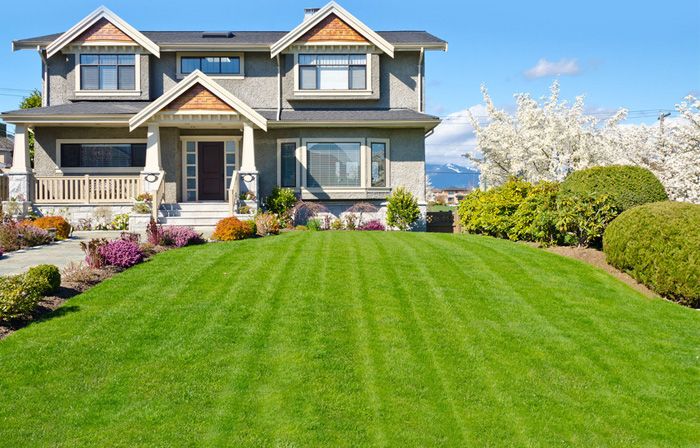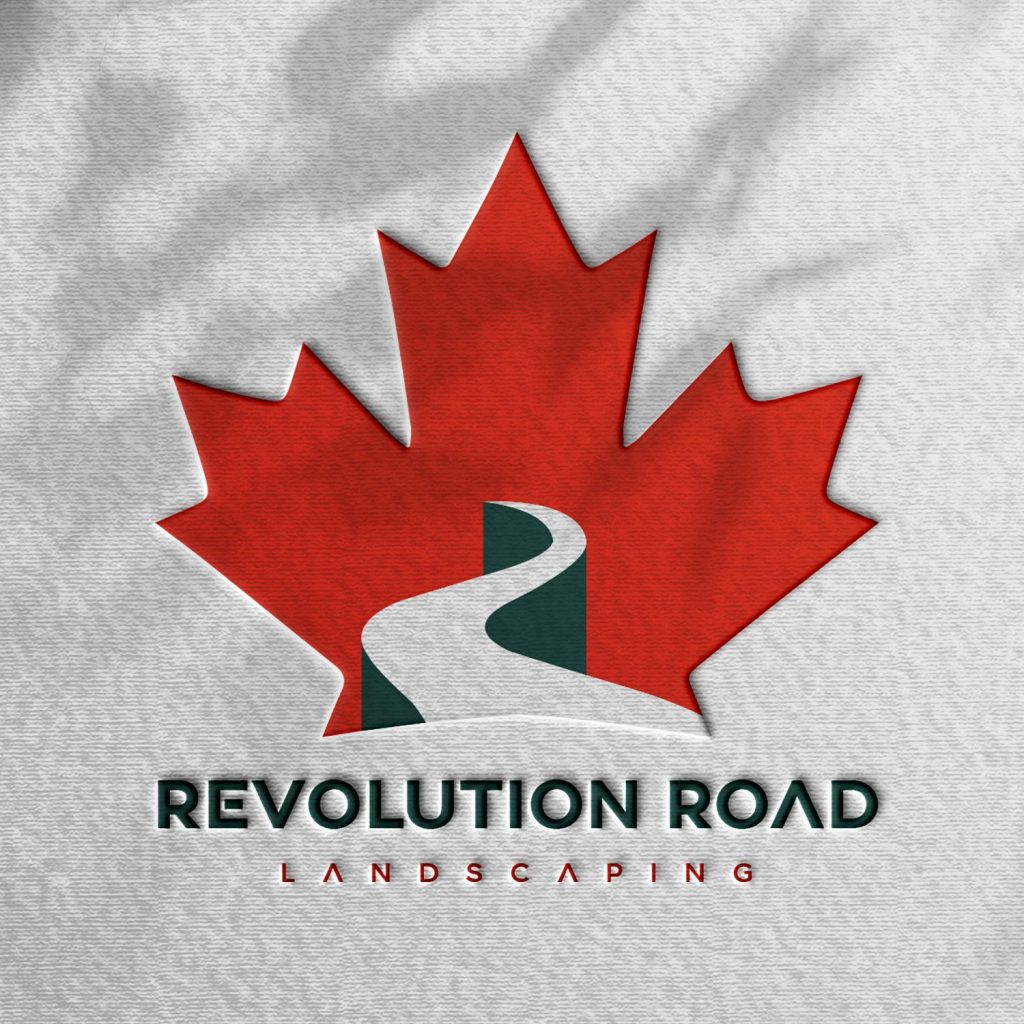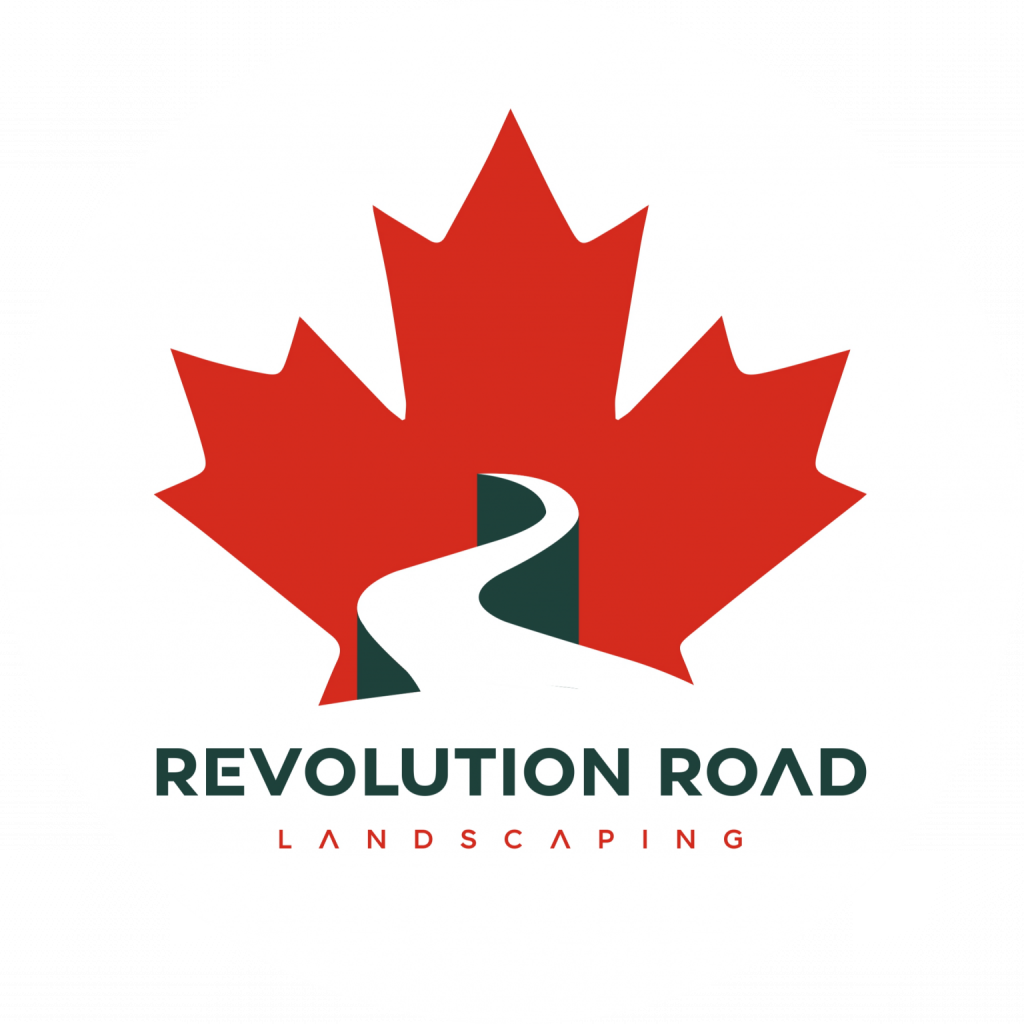aeration
What is core aeration?
Core Aeration Services for Healthier, Greener Lawns.
Core aeration is the process of mechanically removing 2- to 3-inch deep cores (or “plugs”) from the base of your lawn. The cores are comprised of soil, thatch, grass, and roots.
Overview
Also known as “lawn aeration,” this popular natural lawn care practice actually targets your lawn’s soil base as well as the thatch barrier—not the grass itself. Mechanical aeration is the practice of using a specialized machine to remove thousands of plugs of soil from the base of the lawn to open channels for better movement of air, water, and nutrients. It also helps to reduce compaction in the soil and breaks up the thatch layer (when it exists).
The soil plugs are left on the lawn to crumble and disintegrate before falling freely into the aeration holes. The soil plugs also spread into the thatch layer, where soil microbes feed on the thatch debris.
Tightly compacted clay soils may initially require an aeration twice a year (spring and fall). However, after several years of natural lawn care, it is usually sufficient to aerate once per year. Aeration is the best process with which to lead off a fertilization program. After aeration, the applied fertilizer will more readily and immediately transfer its nutrients into your lawn’s root zone. Aeration is also an excellent practice before over-seeding. If your lawn is showing some thinning after a long winter or a stressful summer, over-seeding is recommended to maintain a thick lawn.
Aeration prior to seeding will help ensure better seed/soil contact for improved germination. In terms of the equipment needed to perform an aeration, we recommend using a “core aerator”—a” machine that removes plugs that are approximately 2 to 3 inches deep (1/2 inch in diameter). Aerators that use “spikes” are less effective and are not recommended.
Why is Core Aeration Performed?
Simply put, core aeration is a very popular lawn care service for its numerous direct and indirect benefits both to your lawn’s health but also the health of the ecology and your household budget!
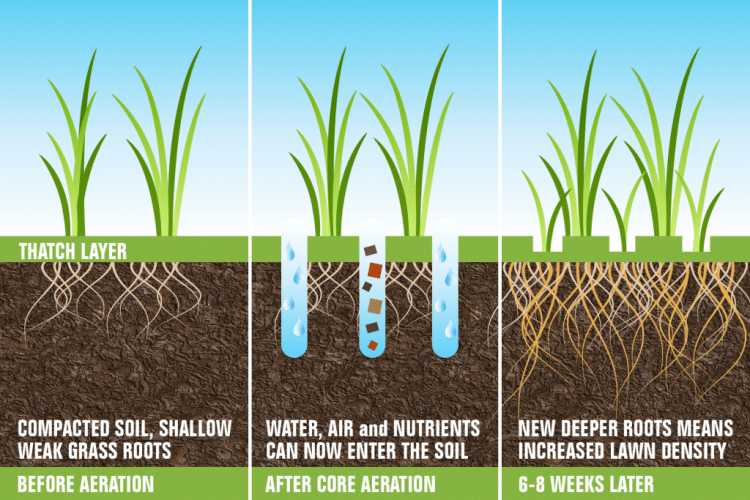
Reduces Soil Compaction
After a long winter season, most Canadian lawns are suffering from a case of significant soil compaction. Compaction results from a combination of factors such as a heavy load of snow, significant rainfall, constant foot traffic, and clay-based soils settling over time.
Hard, compacted soil will result in pooling of water, insufficient transfer of oxygen and nutrients, and diminished microbial activity.
Aeration is the only proven method for relieving topsoil compaction. An annual aeration service can be likened to tilling garden soil in preparation for new planting.
Reduces/Eliminates Thatch Barrier
Thatch is a layer of grass stems, roots, clippings, and debris that settles on the surface of your lawn’s soil and either slowly decomposes and/or accumulates over time.
A thin layer of thatch is natural and a positive thing. However, a thick thatch barrier can deprive your soil (and ultimately your lawn’s root system) of rainwater, oxygen, and nutrients.
Aerating helps reduce—but not eliminate—the problem of excessive thatch by puncturing the thatch barrier thousands of times, opening up passageways for vital nutrients to be absorbed. The secondary benefit of aeration to the thatch problem is that the removal of the soil cores brings micro-organisms to the surface, which speed up the decomposition of the remaining excessive thatch.
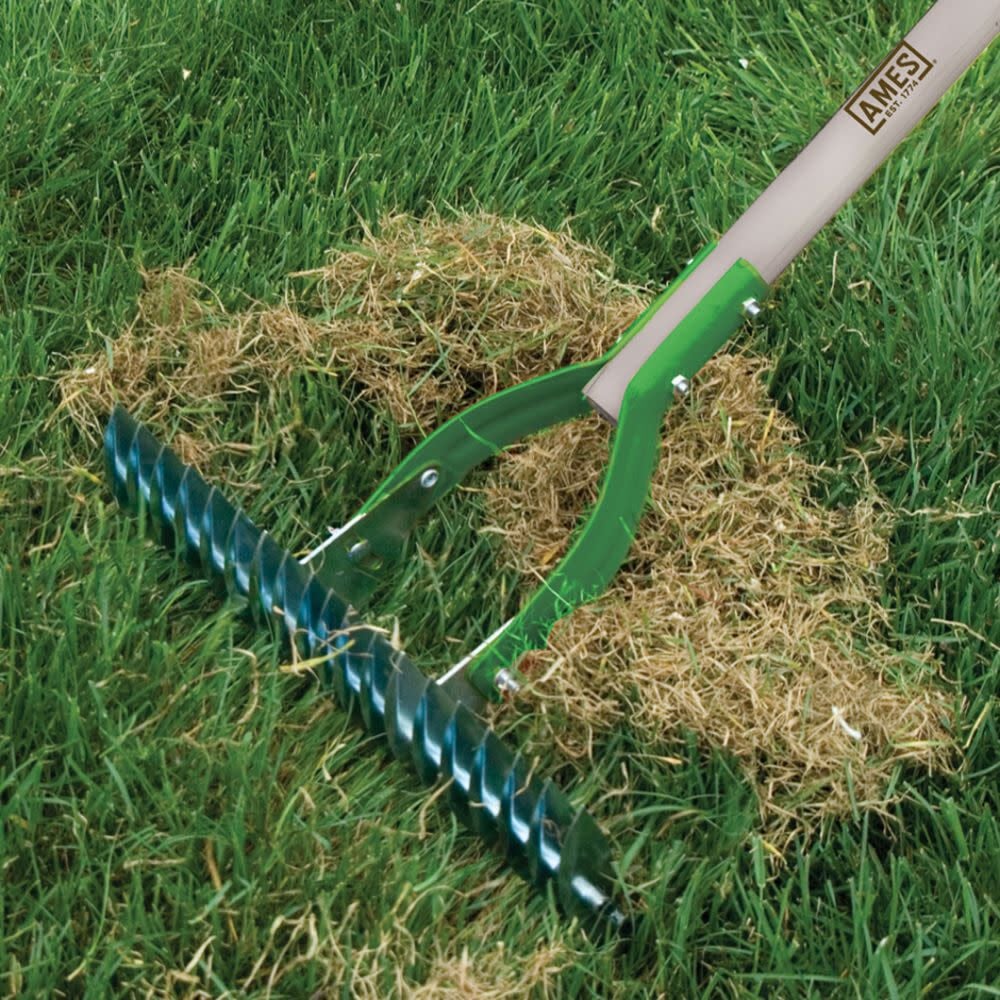
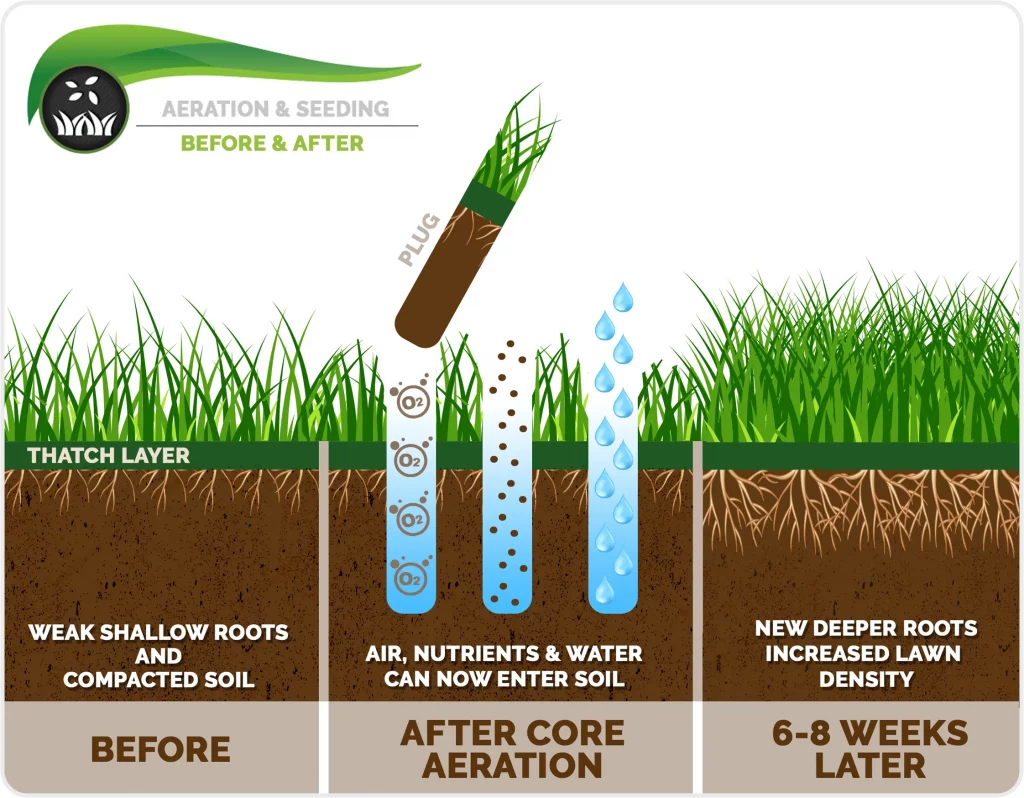
Heat and Drought Stress Protection
Lawns with a deep root system are able to access the moisture that is found farther down in the soil – this is an important characteristic in times of drought. The removal of cores open up thousands of channels that bring moisture deep into the soil.
This allows the core aeration service to “train” the root system to grow deep – where the moisture is found rather than near the surface which puts the lawn at risk during times of drought. An annual or twice annual core aeration will ensure that your roots grow deep and will have greater natural heat-stress tolerance.
Improves Fertilizer Uptake
Spreading fertilizer on a lawn where the soil is compacted and excessive thatch has not been addressed is a surefire way to get poor uptake and minimal benefit from your fertilizer.
The unsatisfactory results are compounded when the fertilizer is applied on windy days since the granular fertilizer is more likely to be blown away or during heavy rainfall when the fertilizer is likely to be carried away in the run-off water (due to the compact and thickly thatched base of the lawn being unable to absorb the rain)
Not only get maximum fertilizer results—but also maximum return on investment—by aerating in the spring and fall since the thousands of core holes left by an aeration will ensure that the majority of your fertilizer reaches its target: the soil base.
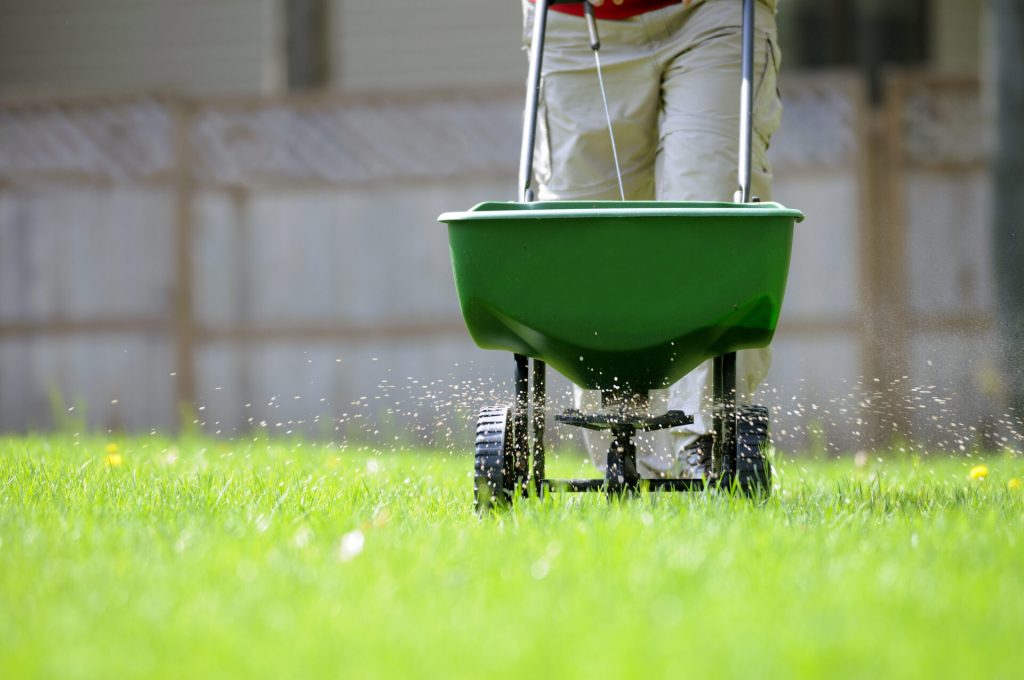
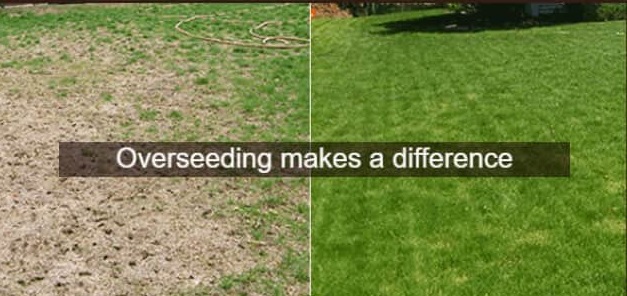
Improves Germination Results of Over-Seeding
As we have learned of the hazards of fertilizing a compacted, unaerated lawn, the same principle applies to applying new grass seed (i.e., over-seeding). High quality grass seed is not cheap so homeowners should be aware that strong winds and heavy rainfall could interefer with their over-seeding efforts.
Another concern is birds and rodents, since they love the taste of freshly scattered grass seed. Aerating the lawn prior to over-seeding helps address these concerns by getting seed down into the newly opened channels in the soils where the wind, rain and animals can do less harm.
The other benefits to seed germination achieved by aeration include increased overall soil-seed contact, deeper seed placement in the soil which boosts the chances of germination, as well as less strain on the seedlings to establish and grow due to the broken up thatch. For these reasons, we highly recommend pairing aeration with over-seeding.
Spurs New Turf Growth
A steady introduction of healthy, new lawn shoots each year will keep your lawn vibrant and resistant to harmful weeds and insects. However, these new lawn shoots require room to grow. The thousands of small openings created by the aeration provide just what your lawn needs. Think of core aeration as a “system reboot” for your lawn that removes old cores and thatch, making room for new, healthier turfgrass to take its place.
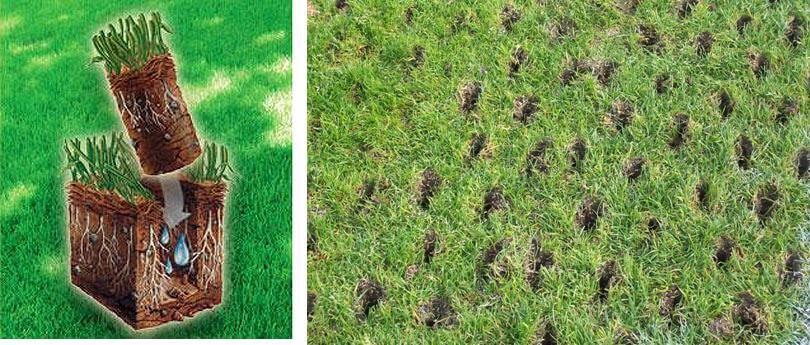
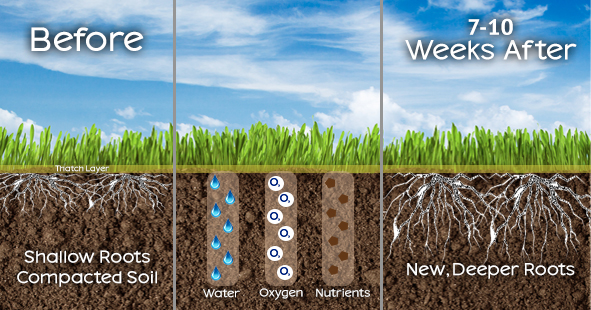
Improves Soil Drainage and Reduces Runoff
Compacted soils and lawns with a dense thatch barrier suffer from water pooling and soggy lawns when the snow melts or after heavy rainfall. Sloping properties additionally suffer from water runoff preventing rainfall and sprinkler water from adequately reaching the base of the soil. The effect of aeration on breaking up the thatch barrier and relieving soil compaction greatly improves your property’s soil drainage and can eliminate the problem of water runoff.
Helps Reduce Need for Weed Control
Next to over-seeding, core aeration is the best lawn care practice for spurring new turf growth and encouraging an overall thicker lawn. Weeds establish and thrive in weaker, thinner, and less-managed turfgrass. Although core aeration does not directly kill weeds, it does help in preventing their arrival and survival by promoting a thick, healthy turf environment that is not ideal for weed development.
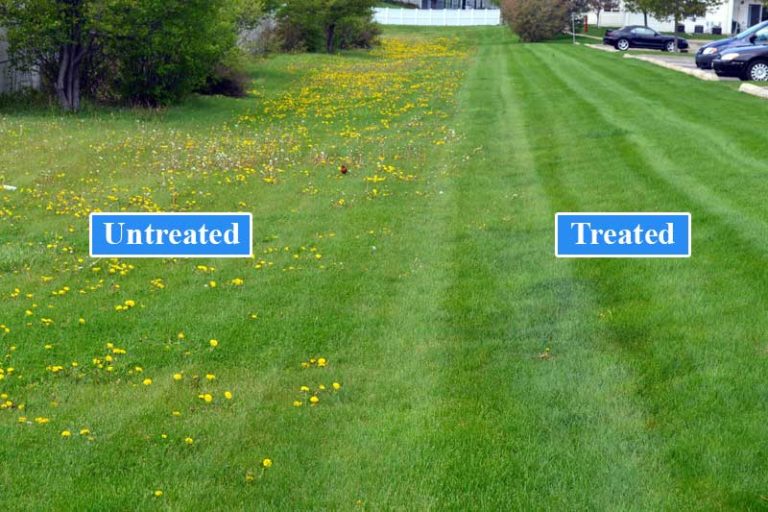
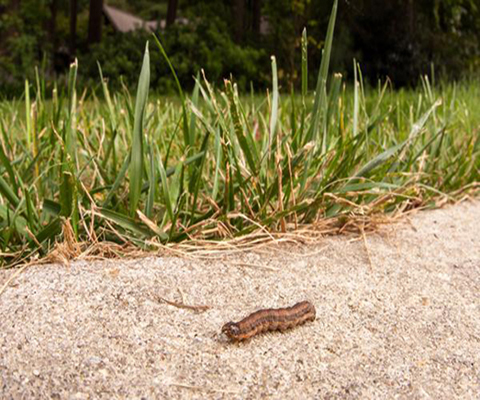
Helps Reduce Need for Insect Control
Insects tend to all prey on – and gain victory over – thin, sparse lawns. Many inspect species also prefer to lay their eggs in damp, thatch-filled lawns. While core aeration does not directly kill insects, it does make a lawn less inviting by creating an inhospitable breeding ground and, by promoting a thicker, healthier turfgrass, roving insects will move on to look for easier turf to infest.
Encourages Root System Growth
In the weeks following the core aeration process, the newly opened spaces allow the lawn’s root system to more readily expand and development outward and deeper which, as we have learned, is vital for the lawn’s health and vitality.
Increases Oxygen Content in the Soil
In addition to requiring nutrients and moisture, your lawn’s root system needs to breathe. Adequate oxygen content in the soil is vital for root development but this can be compromised by soil compaction. Core aeration effectively perforates the base of your lawn enabling vital oxygen to reach the root system, breathing new life into your lawn.
Water Bill Savings
Compacted lawns with excessive thatch build-up become hydrophobic! These lawns repel water no matter how much you water them. With an aeration, your watering efforts will not be in vain and you will save money in the process!
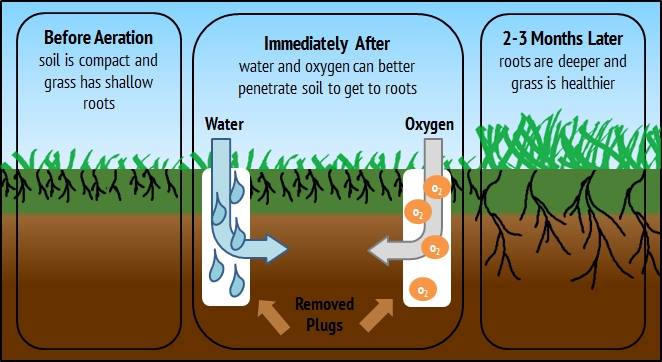
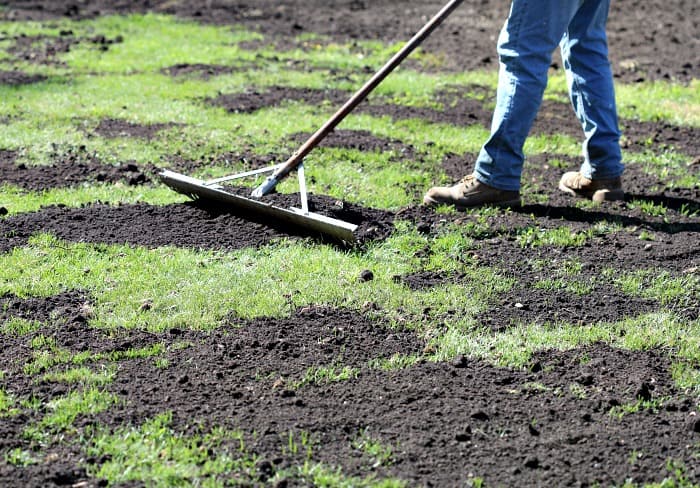
Free Top Dressing
Core aeration results in thousands of dark brown cores being scattered over the surface of your lawn. Some people might find this unsightly but don’t panic and rake them up as these cores will naturally break down and be absorbed back into your lawn – like top dressing – over the following few weeks.
It’s important to realize that these cores contain essential nutrients that will work their way back into the soil to promote further growth as well as beneficial soil microbes that will feed on the remaining thatch barrier as the cores decompose.
Increases Property Value
We all know that the assessed value of a property is important, especially when it comes time to sell or refinance a home. If two homes of the same size and design are up for sale on the same street at the same time and prospective buyers only have the exterior appearance to judge from before deciding which open house showings to book, the look of the lawn could make the difference.
A home with extra curb-appeal thanks to a lush, emerald green lawn will have the advantage and will naturally create a first impression – and perception – of higher property value. It’s a fact of real estate sales – amazing lawns do increase your property value!
